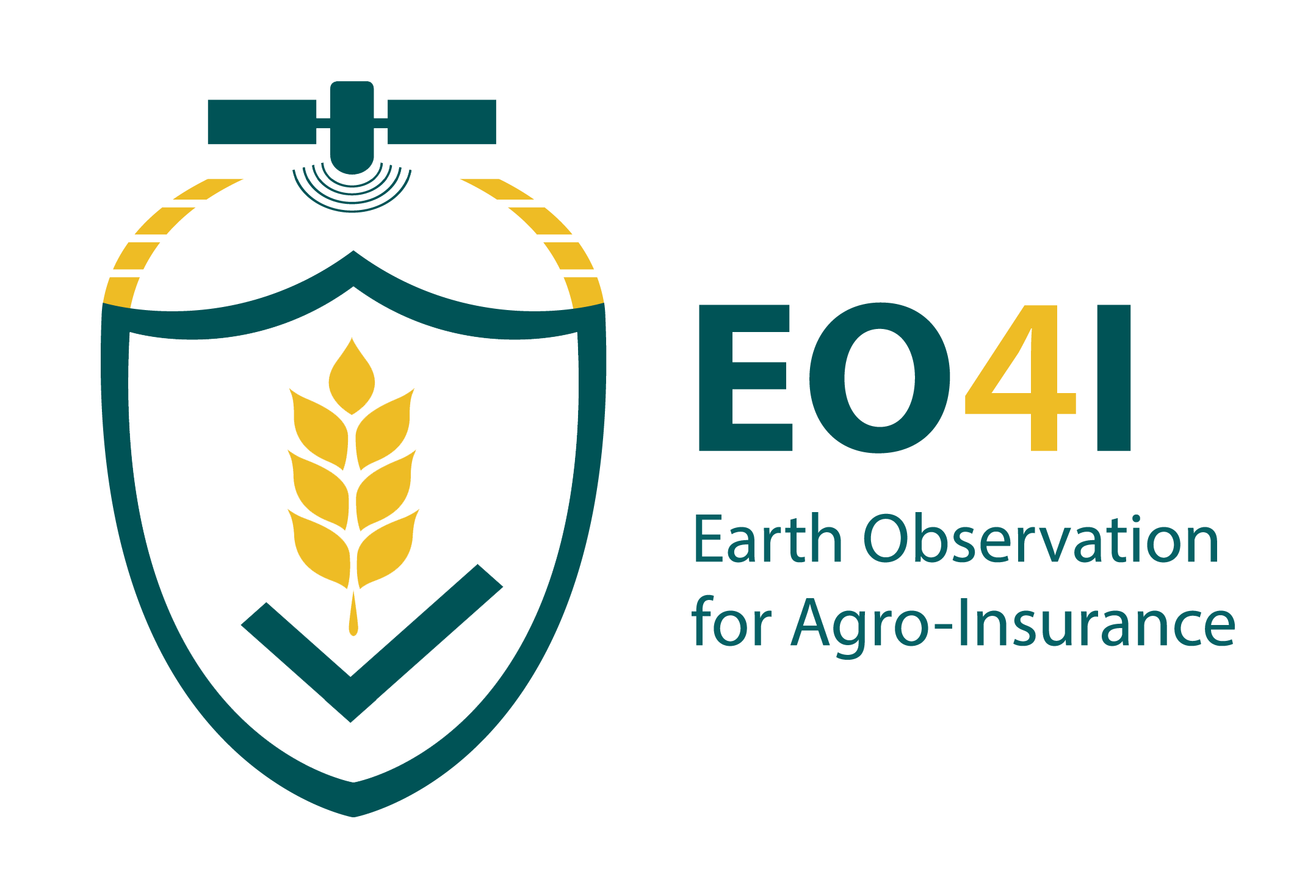NDVI (Source: Sentinel-2) | ||||||||||
Category | ||||||||||
PRODUCT DESCRIPTION | ||||||||||
Different vegetation indices serve as input for various applications and services of remote sensing-based analysis and products/services, such as the Normalized Difference Vegetation Index (NDVI), Leaf Area Index (LAI), Enhanced Vegetation Index (EVI) or Fraction of Absorbed Photosynthetically Active Radiation (FAPAR). They are derived from satellite images using different bands. Consistent long time series are available on various spatial levels. The Normalized Difference Vegetation Index (NDVI) is an indicator of the greenness of the biomass. It is widely used for ecosystem as well as vegetation monitoring. Depending on how the plant reflects light at certain frequencies the NDVI indicates the state of plant health. The Leaf Area Index (LAI) characterized the plant canopies. It is defined as half the total area of green elements of the canopy per unit ground area. The LAI quantifies the thickness of the vegetation cover. Vegetation indices are widely applied in insurance industry for product development, underwriting and loss adjustment purposes. | ||||||||||
PRODUCT SPECIFICATIONS | ||||||||||
Main processing stepsThe NDVI is calculated by normalizing the spectral reflectance that are measured in the near infrared (green leaf scattering) and red (chlorophyll absorption) wavebands of satellite imagery. | ||||||||||
Input data sourcesOptical: Sentinel-2, MODIS, PROBA-V Radar: n.a. Supporting data: n.a. | ||||||||||
Spatial resolution and coverageSpatial resolution: >10m Coverage: global Availability: globally available | ||||||||||
Accuracy / constraintsThematic accuracy: n.a. as indices are calculated directly on the basis of raw measurements Spatial accuracy: Absolute geolocation is constantly monitored for S2A and S2B; the long-term performance is close to 11 m at 95% for both satellites. For the geolocation accuracy for PROBA-V satellites please refer to http://proba-v.vgt.vito.be/en/quality/platform-status-information/geolocation-accuracy. | ||||||||||
LimitationsAtmospheric effects and clouds can affect the calculations and may lead to misinterpretation. | ||||||||||
Frequency / timelinessFrequency: various time steps and historic archive Timeliness: near real-time | ||||||||||
Delivery / output formatData type: GIS-ready data formats; Raster File format: GeoTIFF | ||||||||||
AccessibilityProducts with higher resolution are commercially available on demand from EO service providers. The Copernicus Global Land Service has been providing operationally global products of biophysical parameters such as NDVI, FAPAR, fcover, … from Proba-V satellite imagery. This service will switch to Sentinel 3 data (from Q2 2020 onwards) to ensure data continuity for its users. These data provide both long historical archives (1999 – today), which could be used for historical analyses and near real time monitoring at medium resolution scale. https://land.copernicus.eu/global/ | ||||||||||
CHALLENGES ADDRESSED - USE CASE(S) | ||||||||||
Product Development:
Product Sales:
Underwriting:
Loss Adjustment:
Claims Handling: | ||||||||||
Overview
Community Forums
Content Tools


This page has no comments.